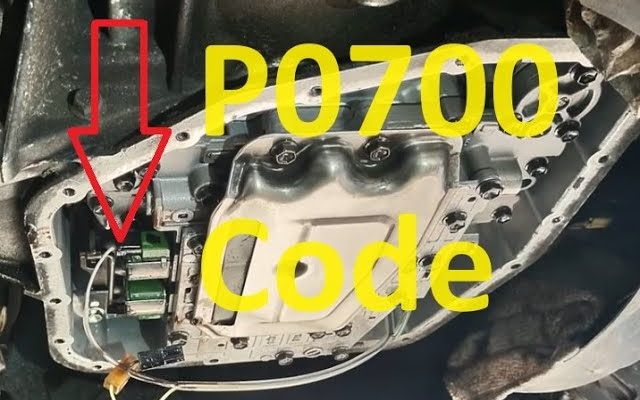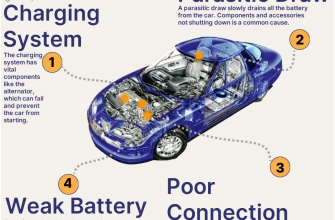When it comes to vehicle performance and reliability, understanding diagnostic trouble codes (DTCs) is essential. One such code that often raises eyebrows among vehicle owners and technicians alike is P0700, which indicates a Transmission Control System Malfunction. This article aims to dissect the meaning behind this code, its implications, and what steps can be taken to address it.
What is P0700?
The P0700 code is a generic OBD-II (On-Board Diagnostics, Second Generation) code that signifies a malfunction within the transmission control system. This code does not pinpoint the exact issue; rather, it serves as a flag that alerts the driver and technician to look deeper into the transmission system for more specific fault codes. Essentially, it is an umbrella code that often accompanies other codes related to transmission issues.
Why Does P0700 Occur?
There are several reasons why a P0700 code might trigger. Understanding these reasons can help in diagnosing the problem more effectively:
- Faulty Transmission Control Module (TCM): The TCM is responsible for managing the transmission’s operation. A malfunctioning TCM can lead to a P0700 code.
- Wiring Issues: Damaged or corroded wiring and connectors can disrupt communication between the TCM and other vehicle systems.
- Transmission Fluid Issues: Low fluid levels or dirty, contaminated fluid can affect the transmission’s performance and trigger this code.
- Sensor Malfunctions: Various sensors, such as the input/output speed sensors, can fail, leading to incorrect readings and triggering the P0700 code.
- Software Glitches: Occasionally, software bugs within the vehicle’s computer systems can cause communication errors that result in this code being set.
Symptoms of P0700
When the P0700 code is present, several symptoms may manifest, including:
- Check Engine Light: The most immediate sign is often the illumination of the check engine light on the dashboard.
- Transmission Slipping: Drivers may experience slipping gears, where the transmission unexpectedly changes or loses power.
- Delayed Engagement: There might be a noticeable delay when shifting from park to drive or reverse.
- Rough Shifting: Shifts may feel harsh or jerky instead of smooth.
- Reduced Fuel Efficiency: A malfunctioning transmission can lead to a decrease in fuel economy.
Diagnosis and Solutions
Diagnosing a P0700 code typically involves the following steps:
- Scanning for Codes: Use an OBD-II scanner to retrieve the P0700 code along with any additional codes that may provide more information.
- Visual Inspection: Examine the wiring and connectors related to the transmission control system for signs of damage or corrosion.
- Fluid Check: Inspect the transmission fluid level and quality. Any signs of contamination or low levels should be addressed.
- Testing Components: Test the TCM, sensors, and other components to ensure they are functioning correctly.
- Software Updates: Check for any available software updates from the manufacturer that might resolve known issues.
Once the underlying cause is identified, repairs can be made. This may involve replacing sensors, repairing wiring, replacing the TCM, or simply changing the transmission fluid.
The P0700 diagnostic trouble code serves as an important alert to drivers and technicians about potential issues within the transmission control system. By understanding what this code signifies and the common causes behind it, vehicle owners can take proactive steps to address any problems, ensuring their vehicle runs smoothly and efficiently. Regular maintenance and timely diagnostics can save significant time and money in the long run.
In essence, the P0700 code is not just a number; it is a call to action for vehicle owners to pay closer attention to their car’s performance and take necessary measures to keep it in top condition.










A well-written piece that highlights the importance of understanding diagnostic trouble codes. The details on possible causes of the P0700 code are particularly useful. Thanks for sharing!
I found this article extremely informative! It demystified the P0700 code for me, and now I feel more equipped to talk to my mechanic about potential issues. Great job!
Fantastic overview of the P0700 code! I learned so much about what could be going wrong with my transmission. The troubleshooting steps mentioned are very practical. Highly recommend!
This article provides a clear explanation of the P0700 code. I appreciate how it breaks down the causes and symptoms in a straightforward manner. Very helpful for anyone dealing with transmission issues!
This article is a must-read for any vehicle owner! The breakdown of symptoms related to the P0700 code is very thorough, making it easier to identify potential problems early on.